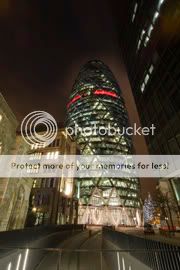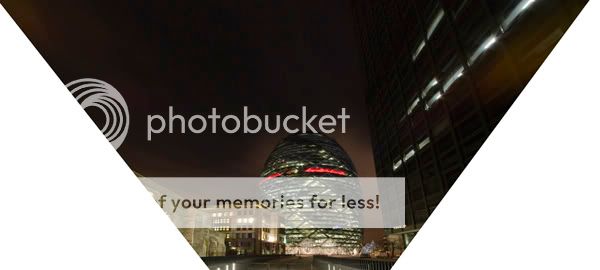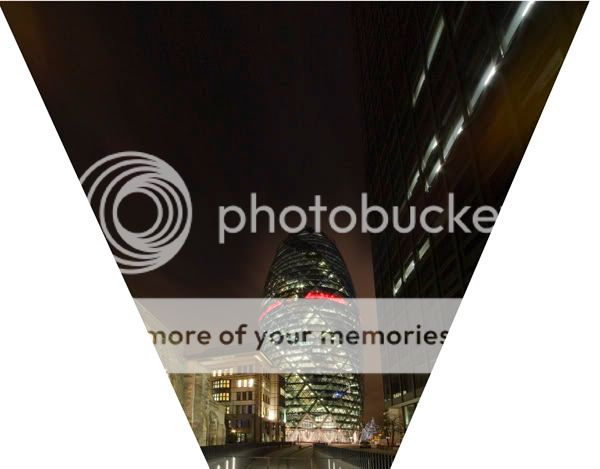lostprophet
No longer a newbie, moving up!
- Joined
- Feb 10, 2006
- Messages
- 11,793
- Reaction score
- 184
- Can others edit my Photos
- Photos NOT OK to edit
As I don't have a Canon 24mm TSE lens I have to make do with my Sigma 12-24 and shoot w-i-d-e and play about correcting the photo in PS, at least until the Lens Fairy pays me a visit
Finished shot is at the bottom
The original shot

Then using the perspective control in PS I dragged the top corners out

Then using the scale control I made the image taller

Wasn't happy with the colour so made it black and white
Well its not perfect but I'm fairly happy with it
CLICK FOR HIGH RES

Finished shot is at the bottom
The original shot

Then using the perspective control in PS I dragged the top corners out

Then using the scale control I made the image taller

Wasn't happy with the colour so made it black and white
Well its not perfect but I'm fairly happy with it
CLICK FOR HIGH RES








![[No title]](/data/xfmg/thumbnail/35/35947-ab35bfc67d8e12ce65dda301d3bf2b66.jpg?1734167744)






